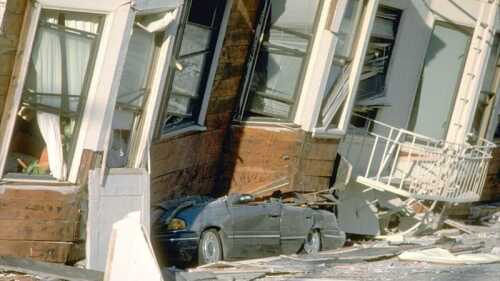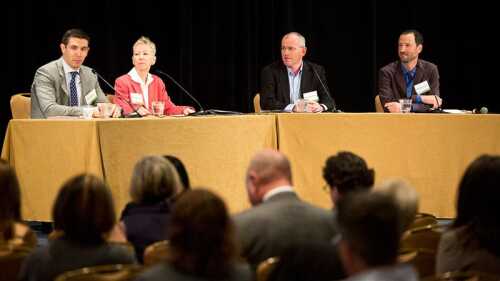Finance & Investment
Could San Francisco’s landlords finance badly needed earthquake retrofits by converting garages into “granny flats” while also adding badly needed affordable housing?
The latest forecast from the Urban Land Institute and EY shows that expectations across the real estate capital markets are moderating after several years of strong growth. A survey of 43 economists and analysts from 32 leading real estate organizations shows that real estate capital markets are expected to continue strengthening, though at a slower pace compared with that witnessed in recent years.
As cities develop resilience strategies in anticipation of more frequent and severe weather events triggered by climate change, understanding what success looks like across a broad spectrum of indicators will be critical to their efforts, said panelists at a ULI conference.
Last week, we reviewed capital flows in the real estate capital markets in 2013; this week, we climb out on a limb and start sawing as we try to forecast what 2014 will look like.
This week, we review the “how much, how little, how big, how small” of the real estate capital markets for 2013; next week, we will examine the projections, climb out on a limb, and try to forecast what 2014 will look like.
Reduced revenue from the recession aggravated budget woes. How does real estate figure into cities’ recoveries post-bankruptcy?
The entry of insurers and pension funds into European commercial real estate credit will have a substantial impact on property pricing, according to panelists at a the ULI Germany’s Urban Leader Summit.
Spreads reported by Trepp LLC remain “range-bound” at an average spread of 207 basis points over 10-year Treasuries. The Cushman & Wakefield Sonnenblick-Goldman Survey shows rates coming in slightly with lenders seemingly ready to lend at attractive spreads if the right deal comes their way.
Infrastructure Is Key Priority in President’s Budget. Last week, President Obama unveiled his FY2012 budget, which includes a strong emphasis on infrastructure. While the budget contains a five-year freeze in discretionary spending to reduce the federal deficit, the president pegged infrastructure as a catalyst for job creation, economic recovery, and global competitiveness.





